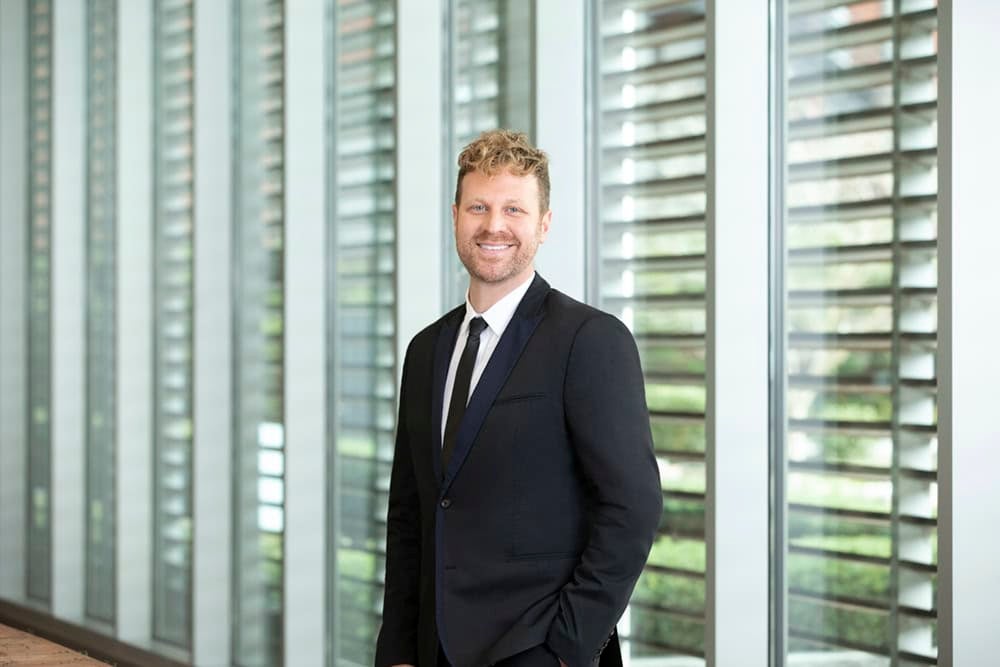
Earlier this month, curator, writer, archivist, and art historian, DJ Hellerman joined the curatorial team at SCAD Museum of Art. Hellerman has extensive experience in creating site-specific and interdisciplinary programs. During his previous tenure at the Everson Museum of Art in Syracuse, Hellerman worked primarily with the museum’s historic video collection, emphasizing the importance of the contemporary moving image in experimental practices and furthered discussions around art, technology, and politics.
This Q+A was conducted via email and edited for publication.
Emily Llamazales: What about the curating exhibitions within the context of Savannah, and more broadly the South, excites you?
DJ Hellerman: Living in the South is completely new to me and that is an exciting part of any relationship. Savannah has a deep and complex history that is still actively influencing the way we live our lives now. SCAD’s ethos comes from university president and founder Paula Wallace’s radical dream to create the best art and design university in the world. There couldn’t be a more incredible foundation for our approach to exhibitions and museum programming! The SCAD Museum of Art has a decade-long history of mounting world-class exhibitions that give students and the public an opportunity to engage with artists working at the highest level. My role is to actively listen and present a broad spectrum of artistic practices as we continue to educate students and encourage radical dreaming.
EL: How do you see your work impacting the young audiences of SCAD students as well at the institution’s wide reach within the global art world?
DH: We facilitate interactions that elevate art and design education at SCAD. These conversations lessen the divide between various worlds and are exciting ways of creating knowledge. The energy for art and ideas that we build with not only SCAD students, but also K-12 students and educators who regularly visit the museum is undeniably intoxicating. It creates a style and enthusiasm that is contagious and it’s what makes the programming reach far beyond Savannah.
EL: What have been some of your favorite projects to work on in your career?
DH: There have been so many! I’ve been very fortunate. What I love is that every project is full-throttle and intense. Working closely with artists and sharing stories is where I find my energy. For me, one of the most important roles a curator can have is to facilitate deep self-reflection. We live in an era inundated by algorithms designed to keep us interested in the same things over and over again. They present the same music, ideas, sounds, just packaged a little differently. Art and museums have the opportunity to puncture these algorithms and open new ways of thinking, feeling, and understanding the world.
EL: With a background in video art collections, do you see your work at SCAD leaning towards archival or more installation based curatorial projects?
DH: I came to SCAD from the Everson Museum in Syracuse where they have an incredible video art collection that I was fortunate to steward. It was a unique strength of their collection, but the majority of their exhibitions were by living artists. Similarly, SCAD works primarily with living artists. One of SCAD’s unique strengths is its Walter O. Evans Center for African American Studies. This multidisciplinary center contains a definitive collection of African-American Art that has been significant to the museum’s programming. There is so much incredible work in this collection. It will continue to be the foundation for our historical and archival exhibitions in the future.




